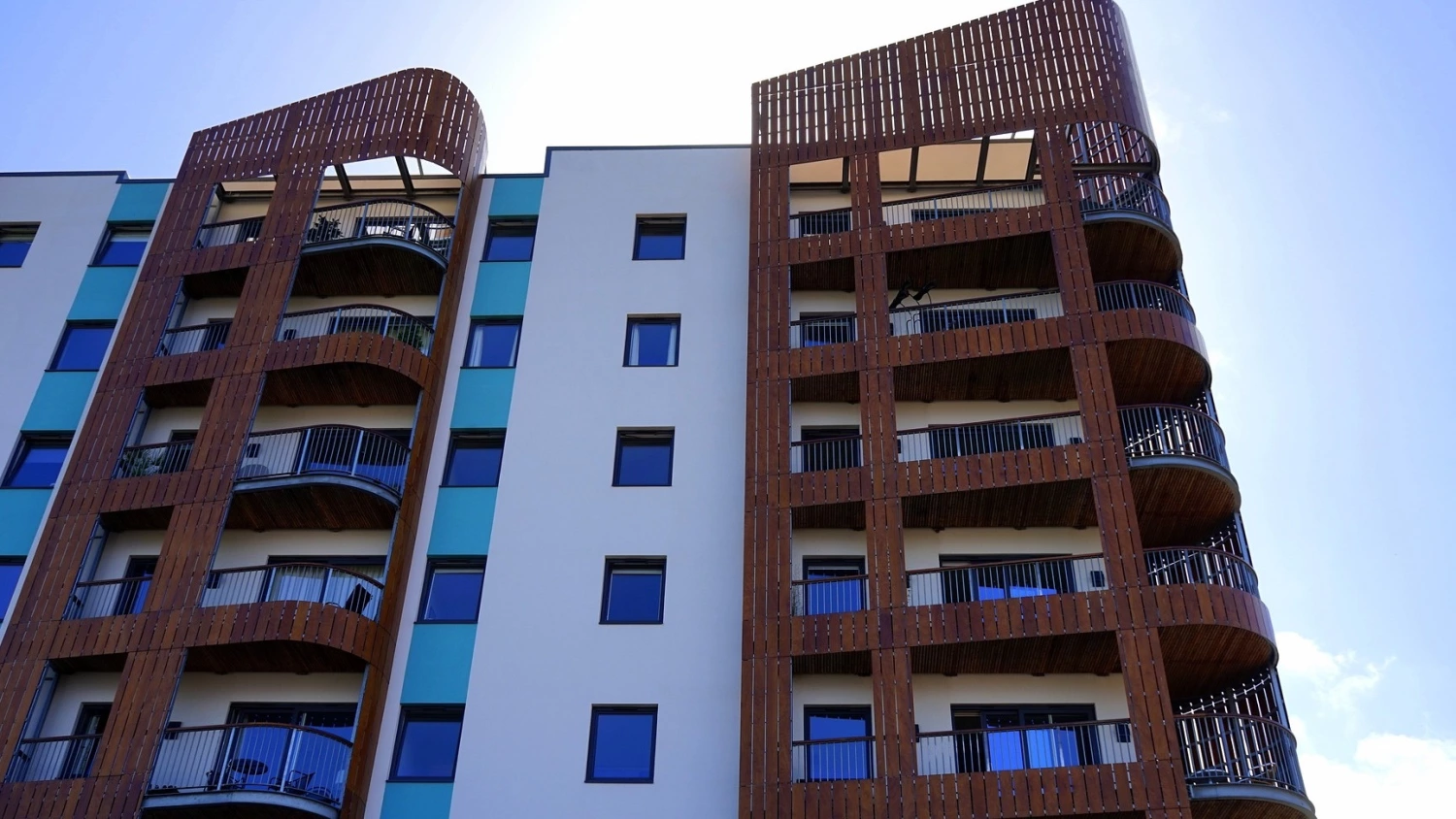
Falling interest rates and higher incomes of Romanians coupled with increasing attractiveness of residential renting will drive the home affordability index, according to research by the Eastern European Construction Forecasting Association (EECFA).
The major trend that could shape the future of the market is the combination of falling home affordability for mortgage borrowers coupled with record high affordability for cash buyers.
“For now, they seem to cancel each other out and demand is somewhat mollified,” wrote Dr. Sebastian Sipos-Gug, the research author.
He expects interest rates to fall as the National Bank of Romania (BNR) is set to reduce reference rates once inflation comes down. With current national and EC forecasts placing inflation within the target range by 2025-2026, a gradual reduction is expected in the reference rates by then, with a positive impact on mortgage affordability.
At the same time, income growth rate has outperformed the increase in home prices in all but two years since 2008. With a robust labor market and a modest but positive outlook of the economy, wages are set to keep growing in real terms in the near future.
Moreover, rentals are an increasing alternative to purchasing a home in Romania, despite the fact that the country has one of the highest home ownership rates of 97.7% across the EU.
“Depending on the availability of supply, this could mean more transactions or a higher price point since a share of current renters will consider converting to a mortgage, should it be more affordable,” concluded the researcher.



